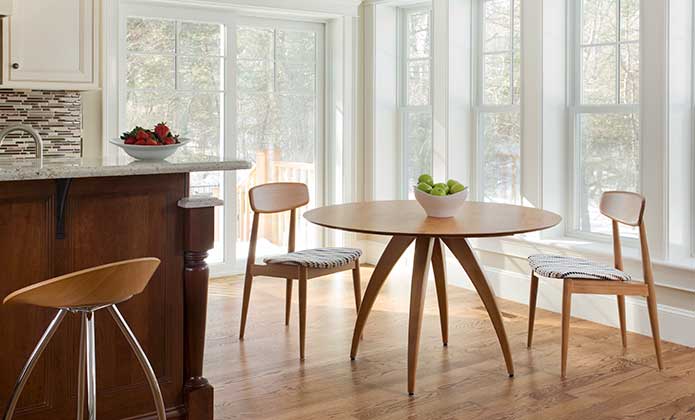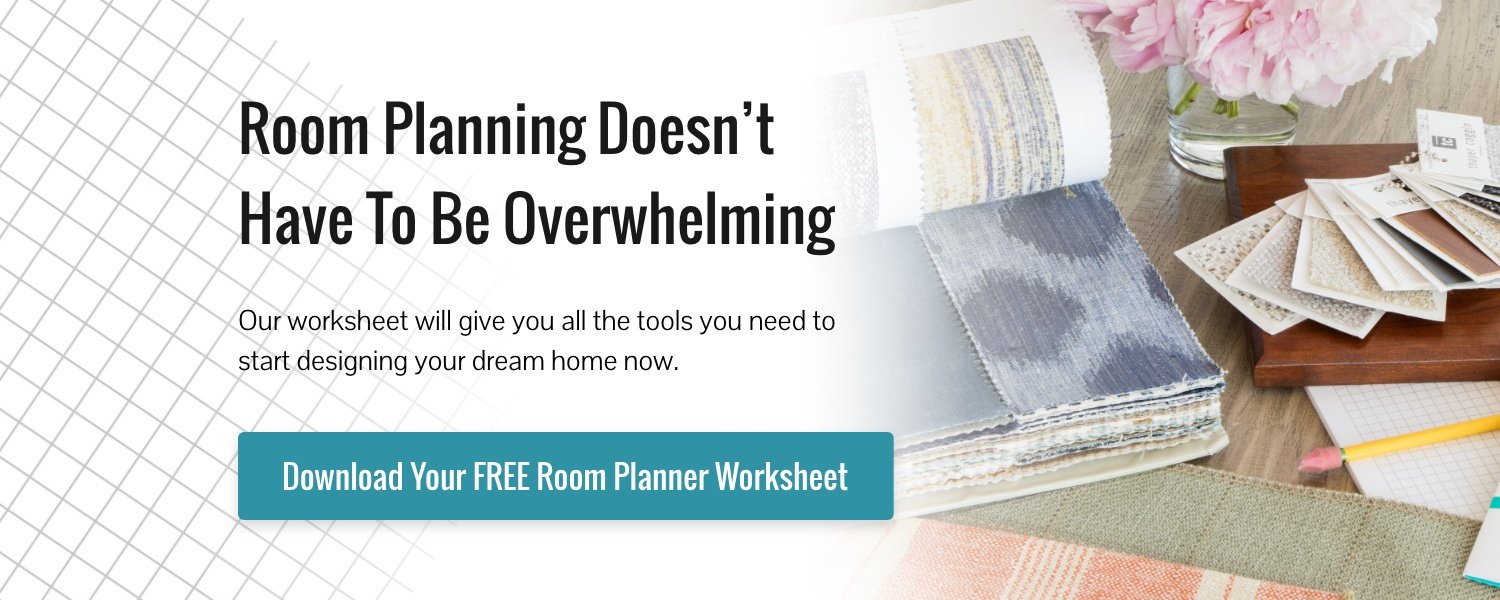Blog
Should You Choose MDF or Real Wood?
There are a lot of factors when it comes to buying wood furniture; cost, color, and quality to name a few. But the most important question, arguably, is what kind of wood you’re getting.
There are, essentially, three types of "wood" used in furniture: solid wood, MDF, and plywood. Within these categories you'll find high-quality and lower-quality versions, which will ultimtaely affect the long-term durability of the furniture and its price.
So, are there times when MDF is a better option than real wood? Or should you always invest in high-quality hardwood furniture? We’re answering those questions and breaking down the difference between MDF and real wood.
Solid Wood

Solid wood is a natural resource and doesn’t go through the manufacturing process that MDF does. It’s broken down between hardwood and softwood; hardwood being, unsurprisingly, the more durable and long-lasting of the two.
Hardwood vs. Softwood
Hardwood trees are slow-growing and produce a denser wood, and are, in general, deeper in tone than softwood trees. Typical hardwoods found in high-quality wood furniture are Oak, Cherry, Maple, Walnut, Birch, and Ash.
Softwoods, on the other hand, are less dense and are not as durable as hardwoods. They are sometimes used as a backing or on the insides of case goods. Typical softwoods are Pine, Poplar, Acacia, and Rubberwood.
Qualities and characteristics of natural wood
Natural wood is a living material. Its characteristics will never be uniform, so “perfection” can’t be expected. We think this is the beauty of hardwood furniture. Every mark, mineral stain, and color pattern tells a story about how the tree adapted to its environment.
Natural wood furniture, in particular hardwood, is incredibly long-lasting if it’s taken care of well. These are pieces that end up being heirlooms – your grandmother’s dining table or the antique nightstand you got from a friend.

The great thing about natural wood furniture is that it can be refinished and sanded down, extending the longevity even more.
Read More: Homeowner’s Guide to Natural Wood in Furniture
Medium Density Fiberboard (MDF)
So, what about MDF?
Medium Density Fiberboard (MDF) is an engineered wood composite made up of leftover hardwood or softwood. It can be quite dense and sturdy, making it near impossible to cut with a table saw.
MDF is sometimes confused with particleboard (also known as chipboard), which is much less sturdy as it's made up of large chips of wood that are bound together with glue and resin. Although particleboard is less expensive, we’d recommend you steer clear. The space between the wood chips in particleboard makes it less durable and more prone to damage.
With that being said, not all engineered wood composites are cheap and low-quality. MDF puts its strength and density to good use in some applications. You may find it in media cabinets, for example, because it won’t warp from the heat that comes off of electronics.
Most bookcase shelves are MDF as it can hold more weight and prevents warping. And finally, most dressers have MDF on the siding to help mitigate cost and weight and to ensure the stability over time.
As dense as it is, MDF is considerably heavier than hardwood furniture - something to keep in mind if you’re purchasing a larger item.

What about plywood?
Engineered wood (plywood) is made up of layers of wood, which are glued together in alternating sections.
Plywood can come in both hard and softwood versions, which affect its durability. Additionally, plywood can come in different numbers of layers, usually averaging between 3 and 9. The more layers, the stronger the plywood, and the higher the cost.
The best quality plywood comes from kiln-dried hardwood layers, which makes it hold its shape and prevent warping. The benefit to plywood is that it can be shaped and curved for specific usages like the base of a Stressless Chair.
What are veneers?
Which is right for you?
When you’re debating between MDF and a hardwood piece of furniture, it often comes down to cost, except for the applications where MDF stands out.
When you buy a piece of hardwood furniture you’re not just paying for the high-quality material, you’re also paying for the hand-labor, precision, and thoughtfulness that goes into making the piece. And, as we like to say, when you pay for quality, it pays out in the long-term.
The important thing is to do your research, read reviews, and be informed before deciding on wood furniture. The more information that’s available about the piece of furniture, the less likely you are to be blindsided when it arrives at your house.
Our Design Consultants have a wealth of knowledge about wood furniture and will be able to go into detail about the construction and craftsmanship of our collection. Come into a showroom and chat with a designer to get started on your design journey.
Author: Guest Author


